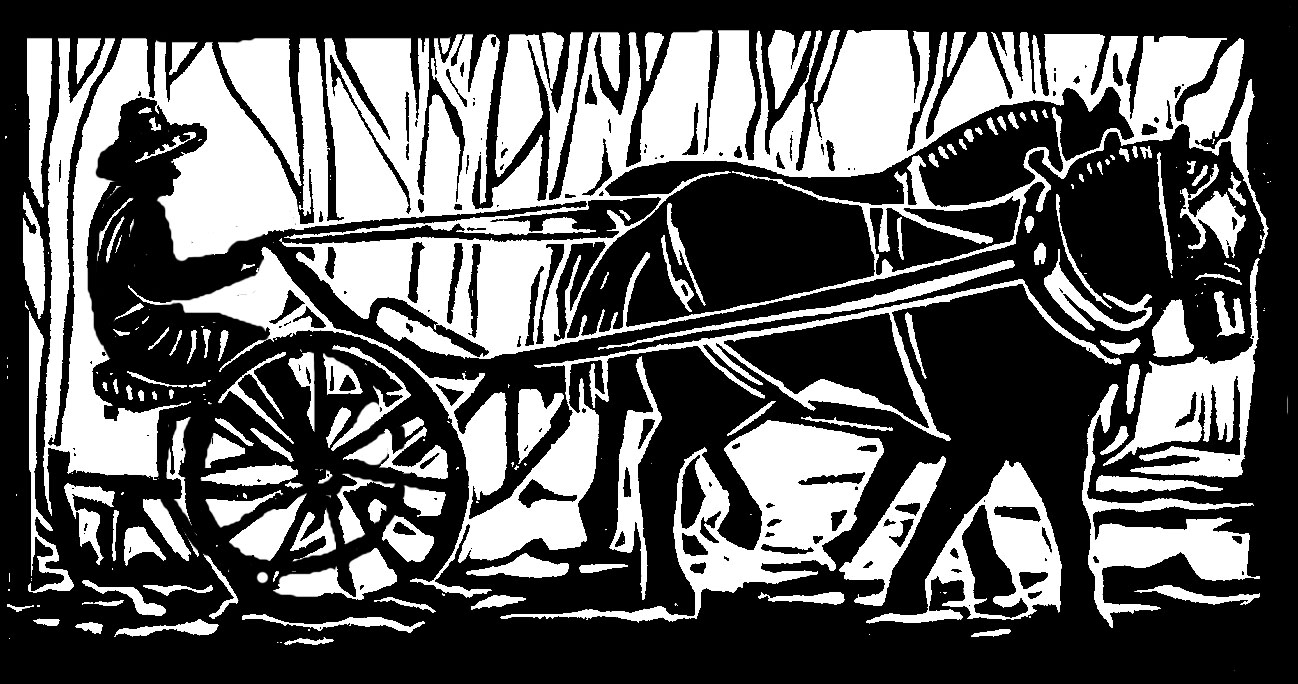People dealt with the pandemic in all kinds of ways. My fellow farmer seems to have coped with tomatoes.
Normally tomato-besotted, my fellow got even more crazy last winter at seed-ordering time, browsing through various catalogs: Johnny's, Fedco, Turtle Tree Seed, Baker's Creek Heirloom Seeds,Totally Tomatoes, Victory Seeds, and the “Sometimes Nice People Give Us Samples from Their Travels” collection, which we store in our backroom.
We plant nearly all our tomatoes in our greenhouses, where we have room for 300 or so standard and heirloom slicers. Standard varieties are the round, red, regular ol' tomatoes. We always plant a lot of our stand-by, Jetstar, plus maybe one or two other varieties we are trialling.
This year, though, we have Jetstar, Super Fantastic, Caiman, Big Juicy, Rockingham, Galahad, Momotaro, Damsel, Arbason, Fenda, Bay State, and Buffalo Steak.
When it came to heirloom (and heirloom-standard cross) tomatoes, in all their shades of red, pink, orange, yellow, purple, black, green, white, rainbow; and all their shapes, round, oval, heart, pear, wrinkly, folded, lumpy, bumpy; and all their sizes, from giant to tiny, my fellow outdid himself. He ordered so many interesting kinds that we could only plant one or two seeds of each variety.
Now most farmers would classify all these tomatoes by type, color, variety, place of origin, size, etc., falling back perhaps on alphabetical order. However, this farmer is also a writer, and thus here is my heirloom tomato list, organized by the nice sounds of their names.
In fact, this list could be, according to my Princeton Encyclopedia of Poetry and Poetics (edited by Alex Preminger and T.V.F. Brogan, and published in 1993), a found poem. A found poem “is the presentation of something 'found' in the environment – a piece of expository prose, a snatch of poetry or dramatic dialogue, a newspaper page, document, map, painting, photograph, etc. – as a lineated text and hence a poem,” or the “verbal equivalent of a collage” (423).
(Oh, hee hee, I never thought I could work that fine book into my farming and sustainability column! Ah, poetry . . . another good way to deal with the pandemic.)
Here is my found poem (which technically isn't just heirloom varieties, as my farmer fellow will be sure to point out when he reads this, but also includes some of those heirloom-standard crosses, those heirloomish hybrids):
Tiffin Mennonite, Thorburn's Terra-Cotta, Oxheart, Linnie's Oxheart,
Fanto Rommo, Cosmonaut Volkov, Cour di Bue, Zapotec,
Anais Noire, Giroc, Jerusalem, Danko, Carmello, Marmara,
Summer Sweetheart, Stump of the World, Grandma's Pick, Gold Medal, Country Taste,
Mushroom Basket (my fellow's goal is to put some of our exciting new crop of log-growm shiitake and oyster mushrooms inside one of these tomatoes!),
Polish Giant, Podor, Prue, Pantono Romanesco, Pomodoro, Santo Palo, Portuguese Ibrido,
Precious, Honey, Kimberton Yellow (maybe you remember our “Kimberton Black,” our scratchy-bitey precious-honey black kitty?),
Chef's Choice Yellow, Chef's Choice Bi-Color, Chef's Choice Black, Chef's Choice Pink,
Tasty Pink, Pink Berkeley Tie-Dye, Pink Accordion (it's all folded up!),
Pink Brandywine, Yellow Brandywine, Purple Brandy, Big Brandy, Brandywise, Black Brandywine,
Vintage Wine, Genuwine, (for my brother-in-law who owns a wine shop, plus my fellow is making wine for the first time this summer),
Fried Green, Aunt Ruby's German Green,
Cherokee Green, Cherokee Carbon, Cherokee Purple, Cherokee Purple Heart,
Pruden's Purple, Paul Robeson, Black Prince, African Queen, Great White, White Tomesol, White Beauty, Black Beauty,
Black Pear, Italian Red Pear, Italian Heirloom,
Red Rose, Red Sausage (weird, huh?),
Flamme, Sart Roloise (”stunning color of a stained glass masterpiece” says the seed packet),
and Believe it or Not.
Let us not forget our 50 paste/plum tomatoes: Juliet, Large Oval, Giant Garden Paste, Golden Rave, Mr Fumarole, Cuore de Toro.
Or our 100 to 150 cherry tomatoes: we have almost all Sungold, except for a few Isis and Unicorn, which came as free packets from the seed catalogs. Plus we have one more cherry tomato plant: I have a fondness for Sunpeach, a pink variety, and when I looked in last year's old packet, I found a single seed. I planted my one seed. It sprouted! I planted the seedling in the greenhouse. It lived! Now it's bearing fruit (and I must admit to eating them all myself!).
Soon all these tomatoes will be bearing fruit, we hope. We surely won't eat them all ourselves, and my fellow farmer might even be able to tell you which variety is which!
Originally published in the Monadnock Shopper News, July 28 - Aug 3, 2021
